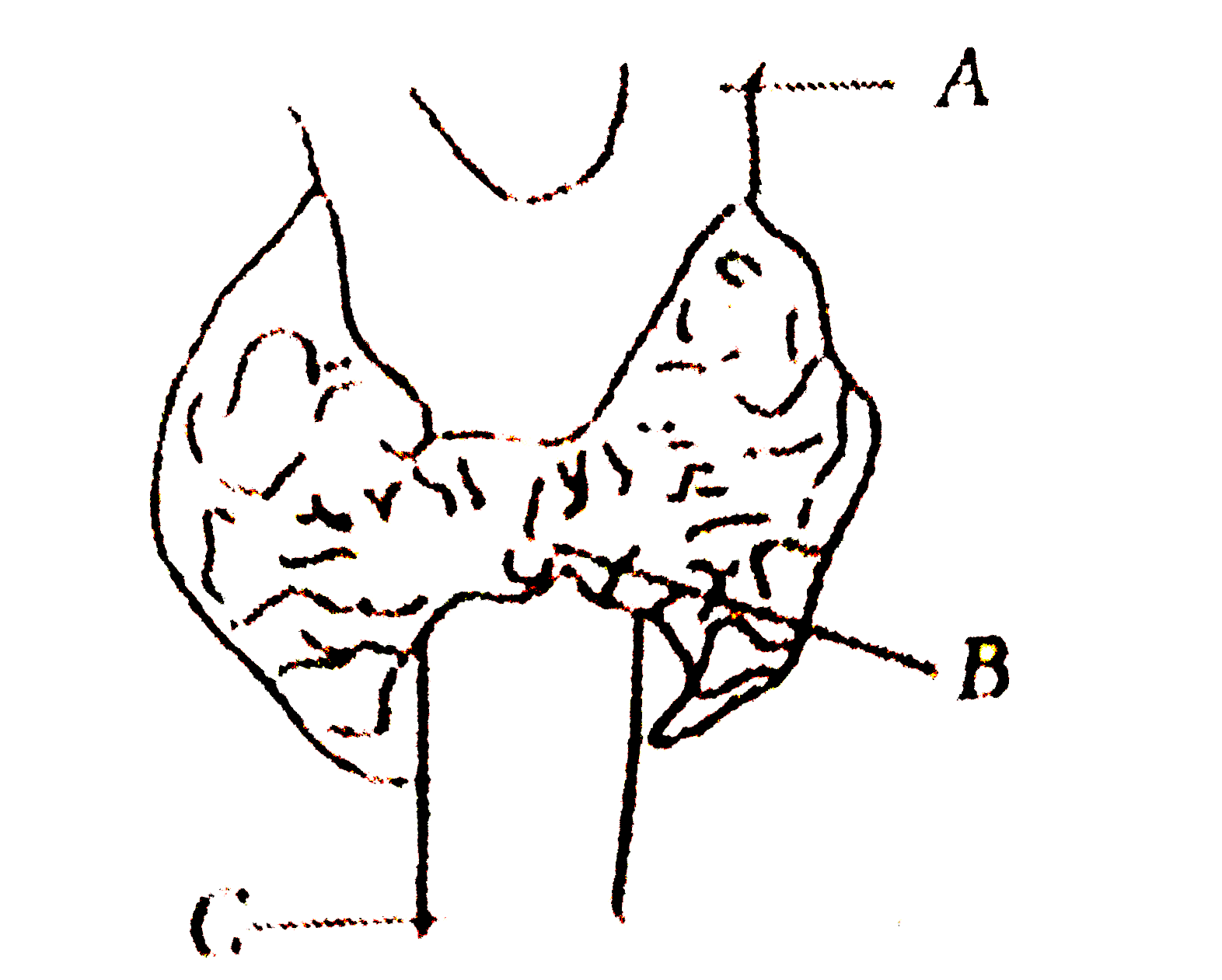Which of the following is the adjacent vertices of the given figure?
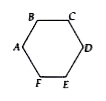
A
A and C
B
B and E
C
D and E,
D
F and D
Video Solution
Text Solution
The correct Answer is:c
|
Answer
Step by step video, text & image solution for Which of the following is the adjacent vertices of the given figure? by Maths experts to help you in doubts & scoring excellent marks in Class 6 exams.
Updated on:21/07/2023Topper's Solved these Questions
- BASIC GEOMETRICAL IDEASBOOK - MTG IIT JEE FOUNDATIONCHAPTER - BASIC GEOMETRICAL IDEASEXERCISE - EXERCISE(MCQ)LEVEL-2
10 Videos
- BASIC GEOMETRICAL IDEASBOOK - MTG IIT JEE FOUNDATIONCHAPTER - BASIC GEOMETRICAL IDEASEXERCISE - MATCH THE FOLLOWING
2 Videos
- BASIC GEOMETRICAL IDEASBOOK - MTG IIT JEE FOUNDATIONCHAPTER - BASIC GEOMETRICAL IDEASEXERCISE - NCERT SECTION(EXERCISE 4.6)
20 Videos
- ALGEBRABOOK - MTG IIT JEE FOUNDATIONCHAPTER - ALGEBRAEXERCISE - OLYMPIAD/HOTS CORNER
20 Videos
- DATA HANDLING BOOK - MTG IIT JEE FOUNDATIONCHAPTER - DATA HANDLING EXERCISE - Olympiad/HOTS Corner
10 Videos
Similar Questions
Knowledge Check
Which of the following statement is incorrect for the given figure?
 AIt is single celled and possesses nucleus.BIt has parasitic nutrition.CIt reproduces asexually by binary fission.DIt lacks cell wall and is pleomorphic.
AIt is single celled and possesses nucleus.BIt has parasitic nutrition.CIt reproduces asexually by binary fission.DIt lacks cell wall and is pleomorphic.Which of the following is correctly matched for the given figure?
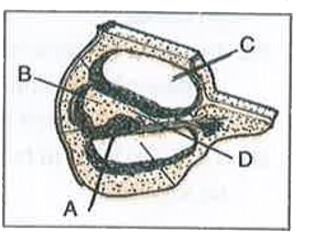 AA = Reissner's membraneBB = Scala vestibuliCC = Basilar membraneDD = Tectorial membrane
AA = Reissner's membraneBB = Scala vestibuliCC = Basilar membraneDD = Tectorial membraneWhich of the following statement in reference to the given figure is correct?
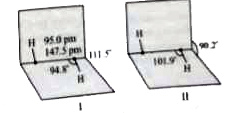 AI is structure of H2O in gaseous phase (dihedral angle is 111.5∘)BII is structure of H2O2 in solid phase (dihedral angle is 90.2∘)CIt can exist in solid phase onlyDBoth (a) and (b)
AI is structure of H2O in gaseous phase (dihedral angle is 111.5∘)BII is structure of H2O2 in solid phase (dihedral angle is 90.2∘)CIt can exist in solid phase onlyDBoth (a) and (b)
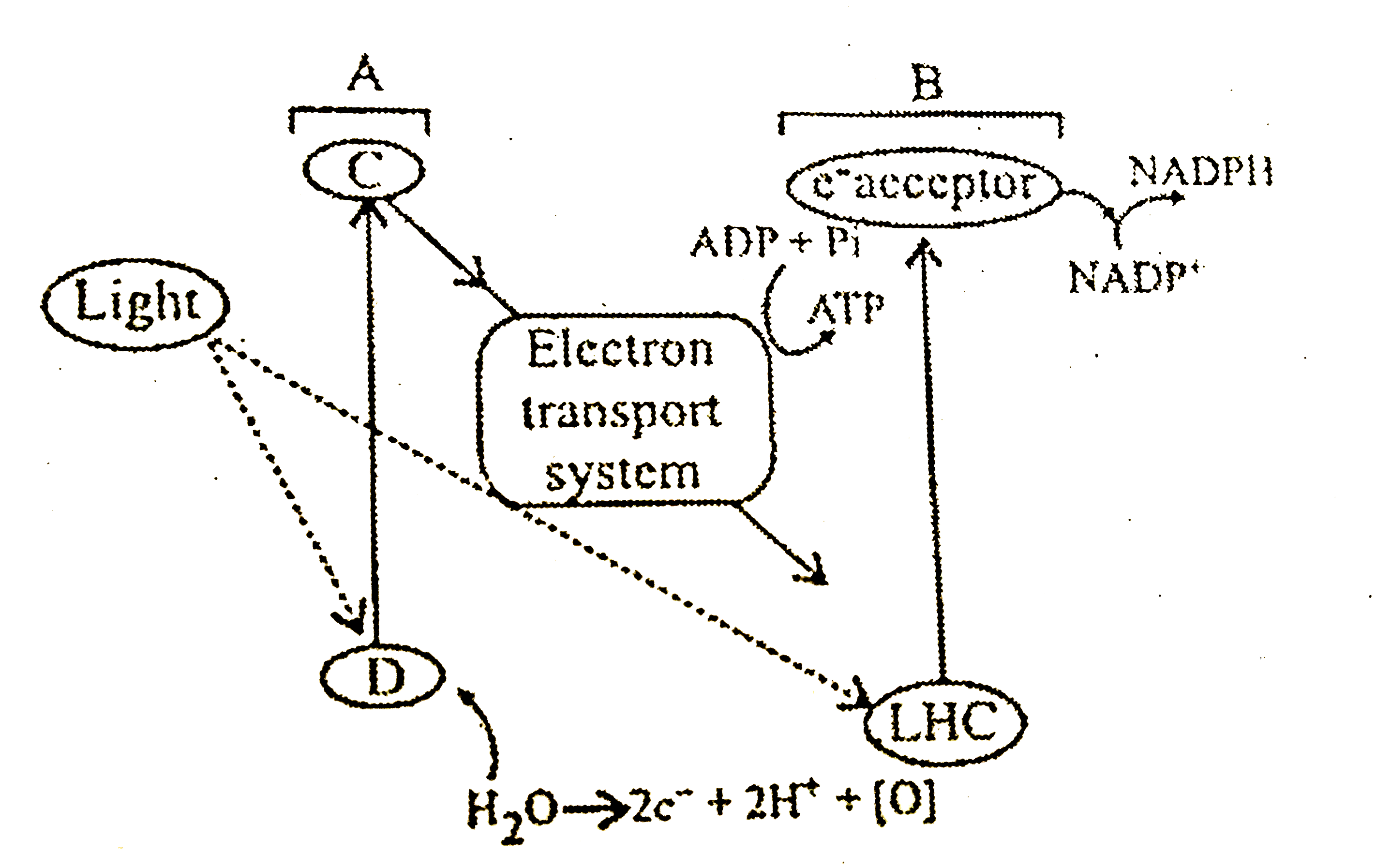
Which of the following is correctly labelled for the given figure ?
View SolutionFind the coordinates of the vertices of the given figures.
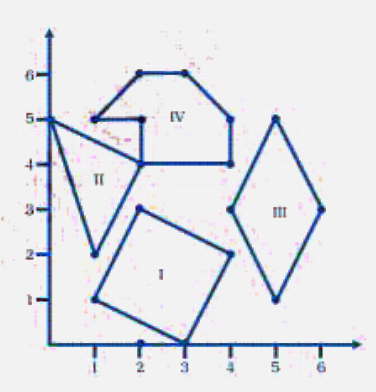
View SolutionWhich of the following does not represent a ray in the given figure?
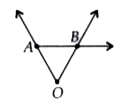
View SolutionWhich of the following answer figure will complete the given figure?

View SolutionWhich of the following answer figure will complete the given figure?
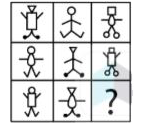
View Solution


